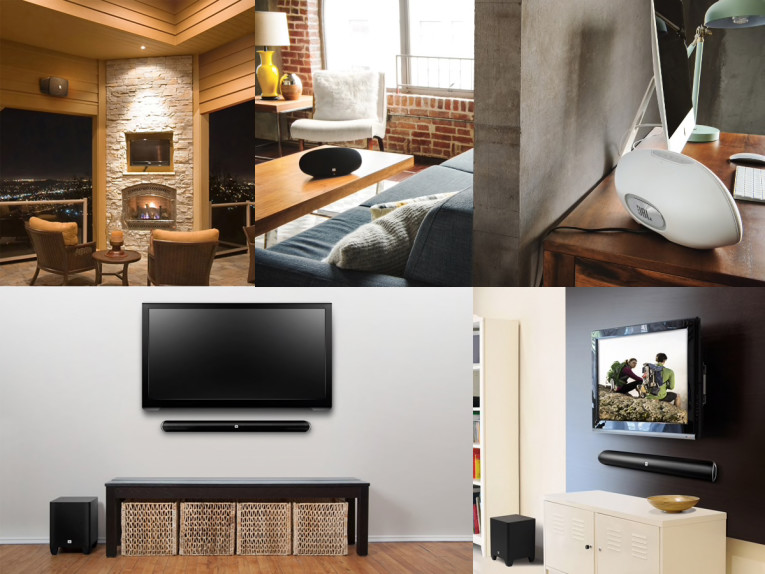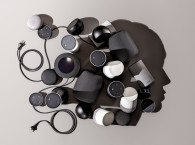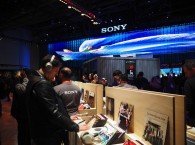
“It’s not just shipments that are performing well,” says Rasika D’Souza, Senior Market Analyst at Futuresource Consulting. “Last year’s revenues powered through the $13 billion barrier for the first time, finishing 2017 close to the $14 billion mark. And there’s plenty more punch left in the home audio hardware category, with our forecasts showing value growth out to 2021 and shipments continuing to grow beyond that.”
The new Futuresource home audio report explores trends in wireless speakers, soundbars, AV receivers, hi-fi systems and dedicated speaker docks across 38 regions and countries, with market projections out to 2022.
Looking to the wireless speaker segment, smart speakers are leading the charge. The US still accounts for the lion’s share of global demand, though interest in China has been growing rapidly since Q4 2017. “We’re seeing growth in multiple ownership, further developments in voice platforms and consumer usage extending beyond music,” says D’Souza. “Smart speakers are providing reminders and alarms, acting as kitchen assistants, delivering entertainment content for kids and a range of other benefits, all having a positive impact on uptake.
“Voice is just beginning to emerge as a feature in soundbars too, with a handful of brands launching products at price points under the $400 sweet spot.”
Object-oriented sound is becoming increasingly important in soundbars. The technology takes the sound effects in a movie soundtrack and digitally moves them around three-dimensional space, affording viewers a cinema-like sound experience in their homes. Dolby currently leads the market, with over 15 models already available and more to be announced by the end of 2018.
“As with so many things, content availability is key to the success of object-oriented sound,” says D’Souza. “You can’t develop customer awareness and drive meaningful growth without it. But its future sounds bright, as the technology is now supported by Sky, Netflix, DirectTV, China Telecom and many others.”

Amazon topped the home audio brand leaderboard for units shipped in 2017, with a market share of 16%. Harman/JBL followed closely behind at 15%, emerging from the competitive fray despite the growing consumer love for smart speakers. Harman/JBL is the only brand other than Amazon and Google that gained share in 2017. In terms of revenues, Bose and Harman/JBL were tied in top spot, each with a 13% share.
Against the backdrop of all this home audio action, Futuresource will host its fifth Audio Collaborative 2018 conference in London on November 8. Bringing together Futuresource analysts and industry heavyweights from professional and consumer audio, the conference will explore all the technologies, markets and strategies that are opening up the opportunities for companies in the audio industry.
To view all Futuresource's latest reports, visit the reports portal here >>> www.futuresource-consulting.com/reports
www.futuresource-consulting.com






